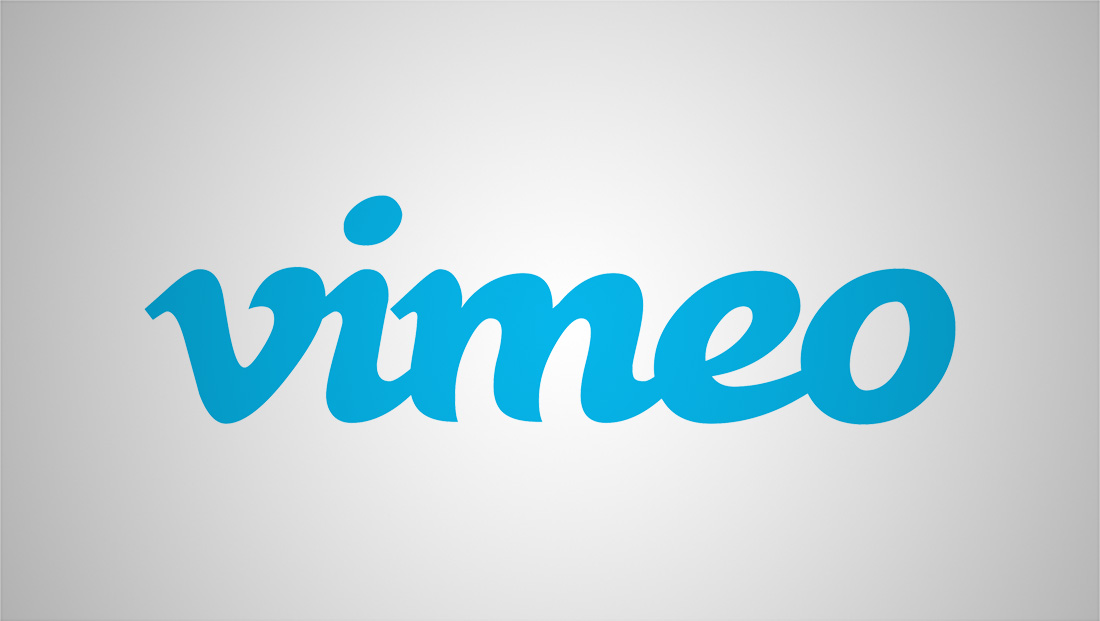Vimeo hikes prices on high volume users — by thousands of dollars in some cases

Subscribe to NCS for the latest news, project case studies and product announcements in broadcast technology, creative design and engineering delivered to your inbox.
As part of a shift in strategy, video hosting site Vimeo has been notifying popular creators of steep price increases.
Originally launched as an “indie” creator platform that billed itself as a YouTube alternative, Vimeo is working to redefine itself as a B2B software company that focuses on offering tools for live events, webinars, training, corporate town halls and content monetization.
That move, however, is setting the site up for a battle against some of its longtime users.
In mid-March 2022, the company began notifying select users in what it said are the top 1% of bandwidth users who typically pay a few hundred dollars a year to use the service. Under the new pricing, however, quotes to stay on are stretching into thousands of dollars.
Vimeo is also used by broadcast designers, creatives, agencies and marketing and design departments to create and share portfolios, drafts of promos and graphics and other content they create.
The service makes it easy to upload video clips and share them using unique URLs for bosses to review or embed on a portfolio site for potential clients to watch.
It’s not immediately clear how many of these types of users might be affected by the new price hikes, though it seems likely most would stay below the thresholds.
Vimeo says that accounts using more than 2 to 3 terabytes of bandwidth a month, which doesn’t include the vast majority of its users, are being targeted for higher rates or told to take their content elsewhere.
The shift is hitting independent content creators particularly hard.
Many of them pair Vimeo with Patreon, a site that lets creators sell subscriptions to exclusive content, including videos. Vimeo was widely touted as a good solution to use with Patreon because it offers a key setting that lets creators more tightly control embedding of videos, thus limiting the ability for non-subscribers from gaining access.
The main embedding feature that Patreon users benefit from is the ability to only allow embed code to work on certain site URLs, in this case Patreon’s.
YouTube allows for “unlisted” videos that don’t appear in its search results and would require a user to correctly guess a random string of characters to access, but it’s also possible for a moderately savvy user to grab the embed code from Patreon or other membership site and share the full URL with random token or embed it on a public page, thus essentially removing the requirement to pay to see it.
Patreon is in the midst of beta testing its own video hosting solution, so that’s an option for some users. Another option is to migrate to YouTube, though there is the issue of being able to limit embeds on a more granular level.
There are a variety of other video hosting services out there at a wide range of price points, but Vimeo still remains one of the only ones that has the domain name embedding feature.
JWPlayer has a way to limit access to videos from other sites, but it requires more complicated implementation, as do similar features from Cloudflare Stream. Wistia has a similar feature that’s fairly easy to implement, but its pro plan starts at $99 a month.
Vimeo is still marketing plans that appear geared toward more casual user that start around $7 a month. In exchange, the site prominently lets potential customers know they get 5 gigabytes a week of storage for a total of 250 gigabytes a year (in theory that should actually be more around 260 GB since 5×52=260).
Notably, the service’s pricing page doesn’t specifically label what those gigabyte limits are (they’re for total storage used by all videos posted on the account), which could be confusing to a new user. In an expanding panel below the main price list, which requires users to manually open, the site advertises “Unlimited bandwidth (subject to fair use)” that, in turn, features a tool tip that mentions the top 1% exception.
Vimeo is, of course, perfectly within its right to charge customers whatever price they want because the “fair use” limit is in the site’s user agreement. That means, however, that users are also free to take their business elsewhere.
Vimeo’s argument that heavy bandwidth users cost it more does have some merits — bandwidth does cost money, though it’s not nearly as expensive as it once was. Video is also one of the fastest way to gobble through data transfer allowances, especially as content becomes posted more and more in HD and UHD.
However, many subscription based services that host content set their pricing so that the highest usage customers added costs are offset by users that don’t use as many resources. For example, if two users are both paying $20 a month for the same amount of storage and one only uses 1 GB of transfer but the other uses 10 GB, then that 9 GB difference could be offset and the company could still make money.
Vimeo’s claim that only 1% of users exceed the upper limits of what it considers “fair” could be used to bolster the case the company can offset the added costs from high volume users by the money it collects from the other 99% of customers, but without knowing the intricacies of the financials and costs, it’s difficult to know how those numbers work out.
Subscribe to NCS for the latest news, project case studies and product announcements in broadcast technology, creative design and engineering delivered to your inbox.





tags
Broadcast Monetization, Vimeo, youtube
categories
Broadcast Industry News, Streaming